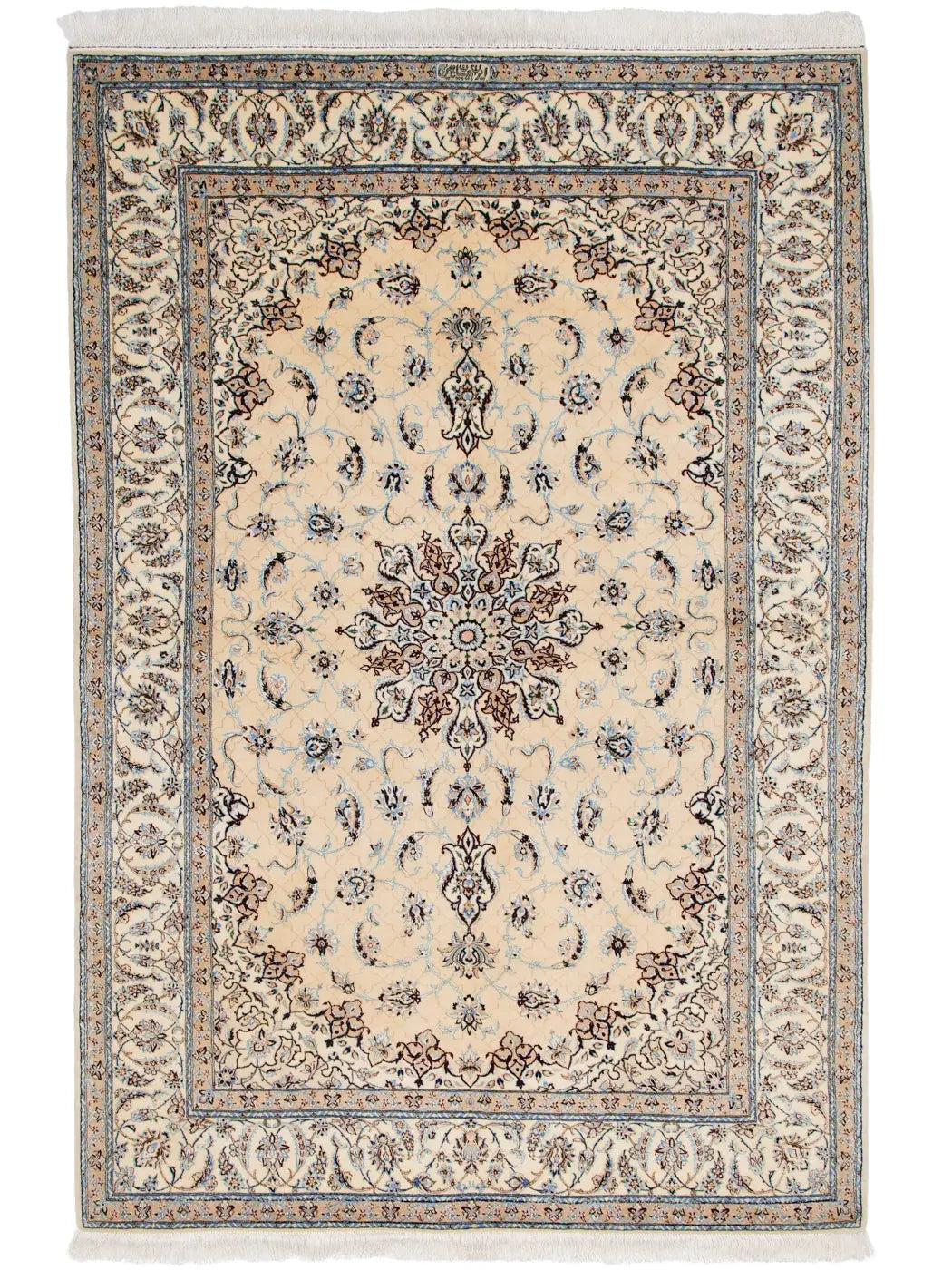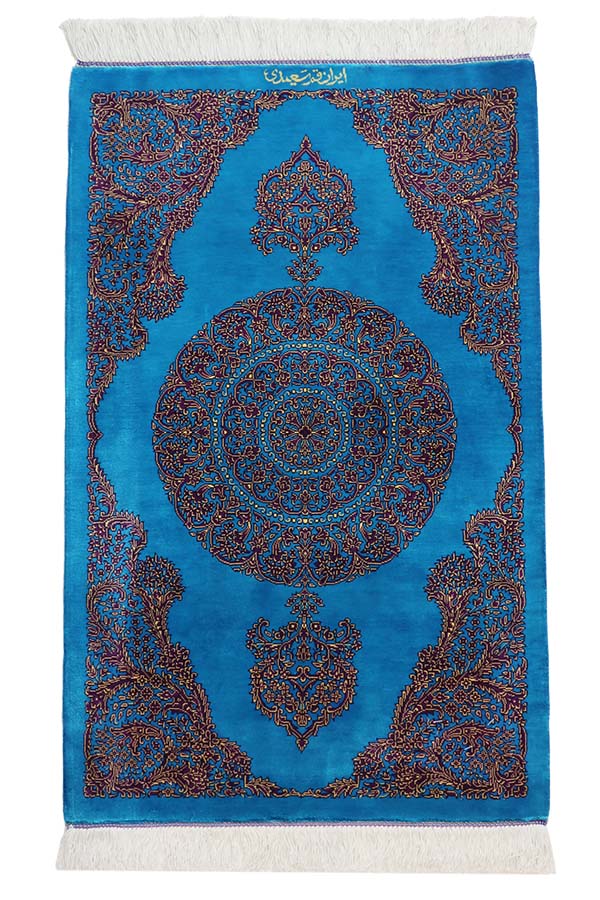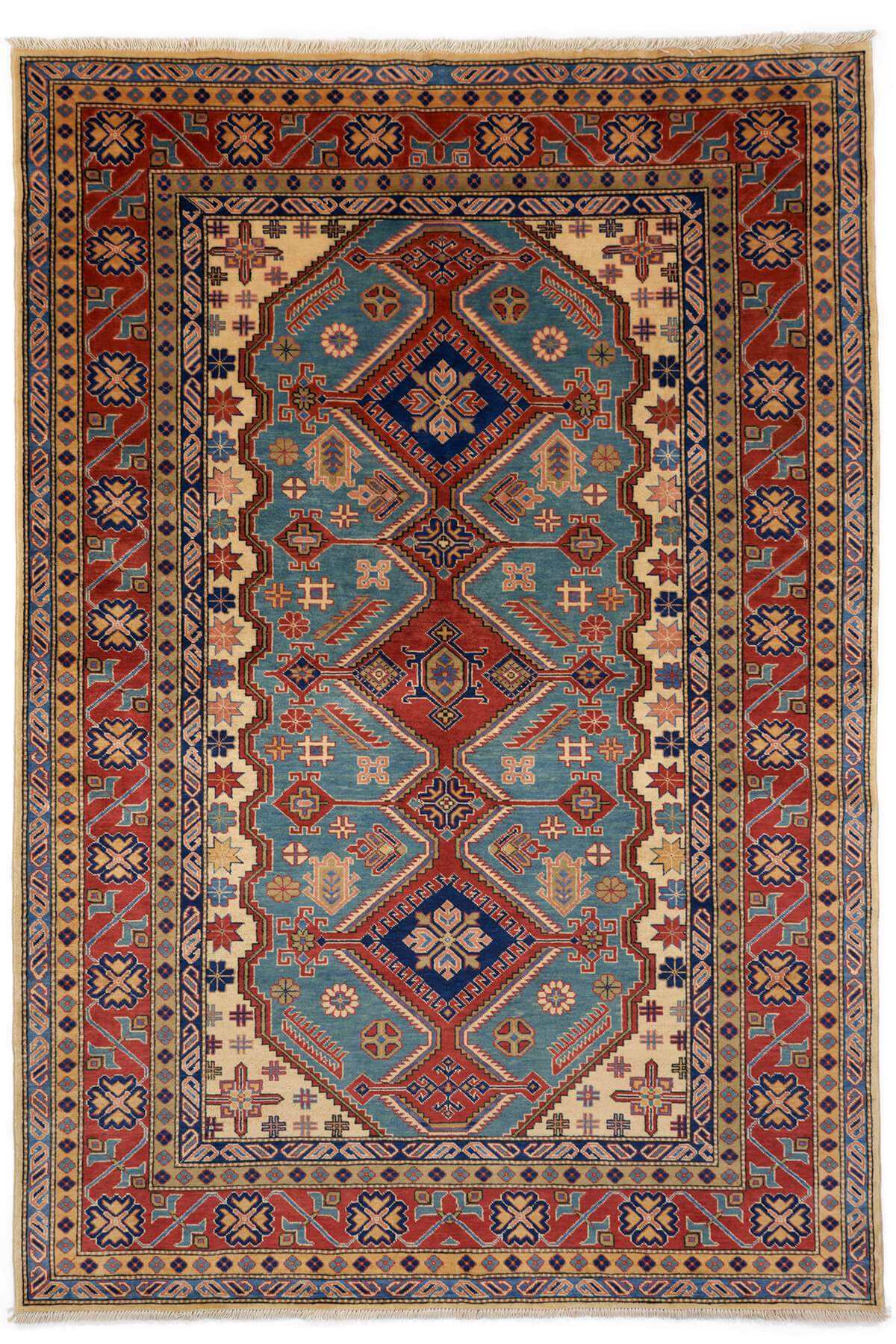
Tribal Rugs
Type: Tribal carpet
Location: Iran, Türkiye, Afghanistan, etc.
Knot Density: 70,000 - 350,000 knots per square meter
Characteristics: Deeply rooted in their respective cultures and natural environments, each tribe's unique characteristics are reflected in their designs, colors and motifs.
Overview of Tribal Rugs
Tribal rugs are handwoven by nomadic and small tribal communities, each with its own unique weaving style and traditions. Deeply rooted in their respective cultures and natural environments, these rugs reflect distinctive tribal characteristics through their designs, colors, and motifs.
Bakhtiari
Bakhtiari rugs are known for their vibrant colors and intricate patterns. Woven in the Zagros Mountains of southwestern Iran, they often feature geometric designs and animal motifs. Skilled artisans use wool and tightly knotted techniques to create long-lasting rugs with a luxurious, high-pile texture underfoot.
Baluch
Baluch rugs are typically smaller in size and known for their dark color schemes—deep navy and crimson—accented with touches of white or orange. Common motifs include geometric patterns, trees of life, and camels. These rugs are highly popular, and in many cases, the entire family participates in the weaving process.
Qashqai
Qashqai rugs are celebrated for their vivid colors and bold, expressive designs. They are both durable and soft to the touch. Woven by the nomadic Qashqai people of southwestern Iran, these rugs draw inspiration from tribal life and the surrounding natural landscapes.
Turkmen
Turkmen rugs are distinguished by their bold red and brown geometric patterns, often centered around the octagonal "gul" motif. These rugs are traditionally woven using both single- and double-knot techniques, preserving a style passed down through generations.
Afshar
Afshar rugs showcase vibrant geometric patterns rich in cultural symbolism, often rendered in bright, lively colors. Available in a variety of sizes and shapes, these rugs are made from high-quality materials, resulting in enduring works of woven art.
Shiraz
Shiraz rugs reflect a blend of regional influences, featuring diverse patterns such as geometric shapes, pole medallions, and layered borders. The color tones may vary by age, and the rugs are typically made with wool or cotton foundations and a loose pile structure.
Gabbeh
Gabbeh rugs are recognized for their simple designs and bright, cheerful colors. They are thick, with pile heights sometimes reaching up to 2.5 cm. Made with natural dyes, Gabbeh rugs are environmentally friendly and full of charm.
Bukhara
Bukhara rugs, originating from the city of Bukhara in Uzbekistan, are known for their octagonal motifs—heavily influenced by Turkmen Tekke tribal designs. Featuring deep red hues and "gul" patterns, Bukhara rugs became popular exports to the West despite the city not being a traditional weaving center.
Mashwani
Mashwani rugs are produced by the Mashwani tribe, who live in regions of Pakistan and Afghanistan. These rugs combine knotted and flat-weave techniques, creating a distinctive texture with geometric diamond motifs and little to no blank space. Historically, they were woven as part of a bride's dowry and have been made for centuries.










